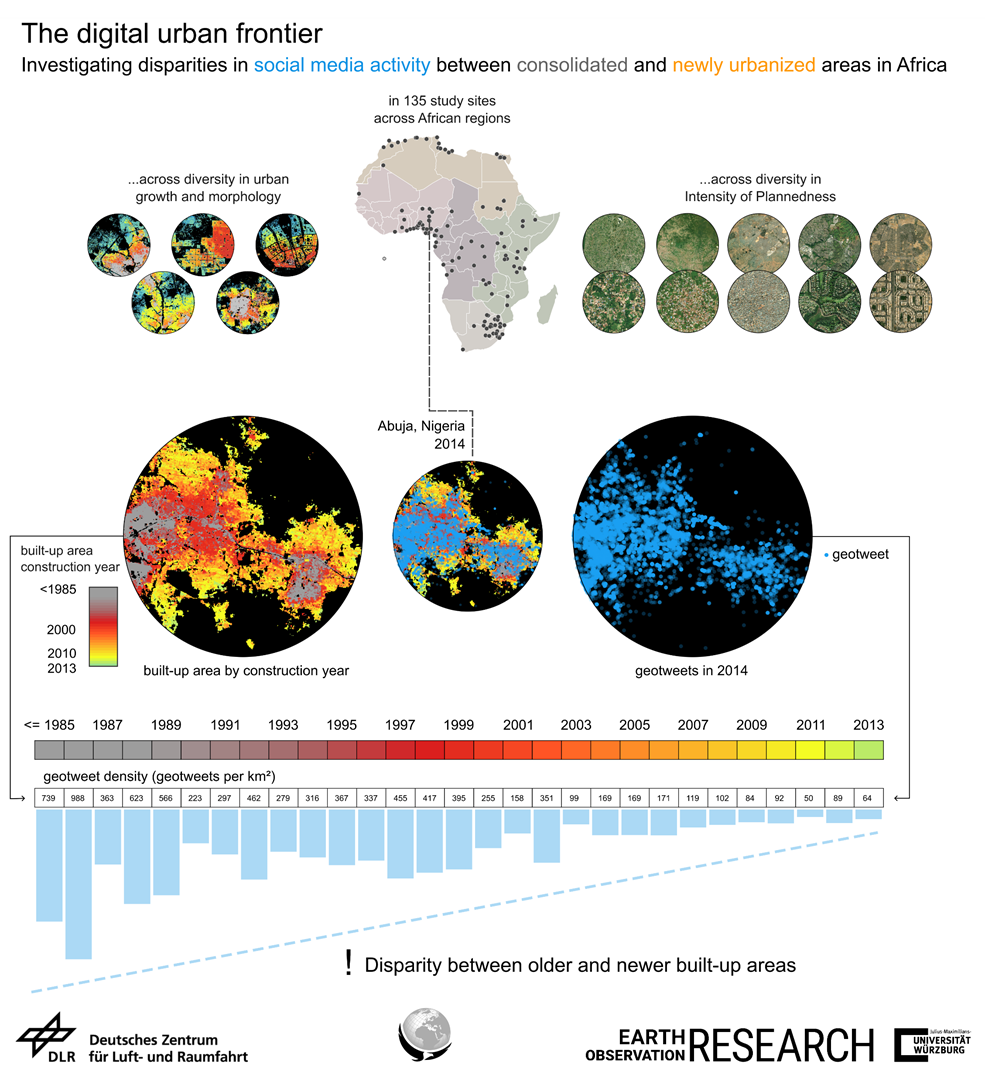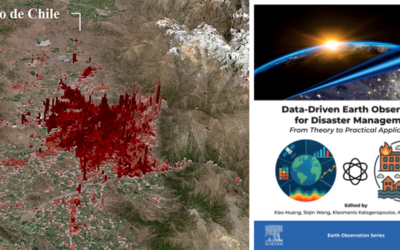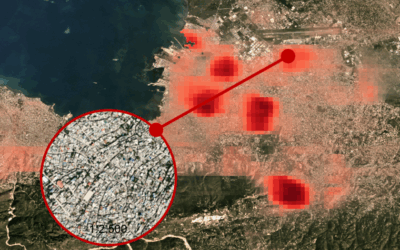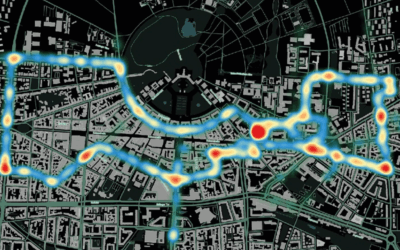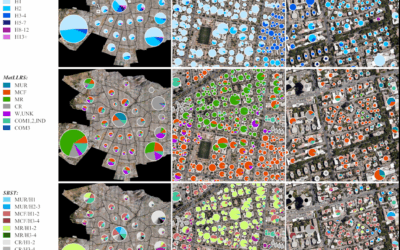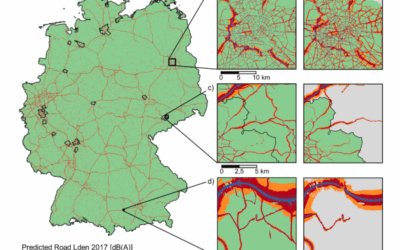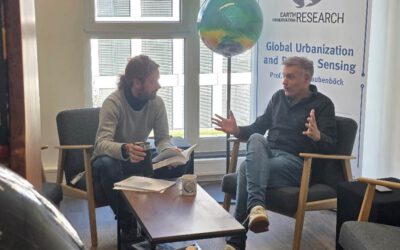Our team of researchers from the Earth Observation Center (EOC) of the German Aerospace Center (DLR), the Martin-Luther-Universität Halle-Wittenberg, and our Earth Observation Research Cluster (EORC) published a new study on the digital divide in Africa: A divide between newer and older parts of Africa’s rapidly growing cities. The paper is titled “The digital urban frontier: Disparities in social media activity between consolidated and newly urbanized areas in Africa” and it is openly accessible in the journal “Applied Geography”.
In the 21st century, urban spaces are both physical and digital, and digital presence is increasingly important. But is this digital presence evenly distributed? Our study reveals a significant and hitherto undocumented digital urban divide in rapidly growing settlements in Africa. We found compelling evidence that online visibility, specifically measured through geotweet density, is significantly higher in older built-up areas compared to newer built-up areas across many sites in African cities. In other words, the “social media frontier” often lags behind the physical frontier, i.e. the built-up expansion of urban landscapes. We found that this disparity varies across geographic regions, being most pronounced in West Africa and least frequent in Northern and Southern Africa. Additionally, settlements with a higher “intensity of plannedness” (IoP) tend to show lower digital disparity. The two-dimensional structure of settlements, particularly built-up fragmentation, is also linked to the magnitude of this digital divide.
Our findings are a pointer for urban studies and policy, emphasizing the need to consider digital perspectives in research and in strategies for Africa’s urban development and digital transformation. Africa is where we can find the current “urban frontier”, with rapid urbanization and much urban potential still to be realized. And in realizing it, it is important to consider the interaction between the physical and the digital spaces in the development of Africa’s cities.
You can find the full paper openly accessible here:
https://doi.org/10.1016/j.apgeog.2025.103687
This study combines our work on global urbanization with our study of migration and urban spaces using social media data.
To read more about our work on global urbanization, see:
https://remote-sensing.org/studies-on-global-urbanization/
Some examples of our studies on migration and urban spaces using social media:
https://doi.org/10.1002/psp.2732
https://doi.org/10.1016/j.ipm.2024.103670
https://remote-sensing.org/contributions-to-jurse-2025-3/

